
Seven Ways to Prevent Sprains and Strains
Sprains and strains are nothing to dismiss – and the pain will tell you that much. Here’s the difference:
- Sprains are when one or more ligaments are stretched or torn. (Ligaments connect two or more bones at a joint.)
- Strains happen when a muscle or tendon is stretched or torn. (Muscles and tendons are the tissue that connects muscles to bones.)
The amount of time it takes to heal varies dependent on the person and the severity. However, it can take up to a few months before you are back to normal. To maintain your active life, here are a few ways to avoid injury.
Take Seven Steps to Prevent Sprains and Strains
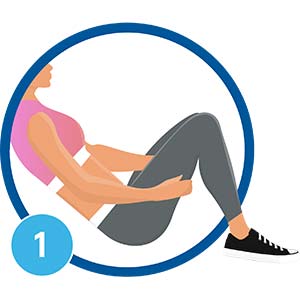 Exercise consistently to maintain strength. | 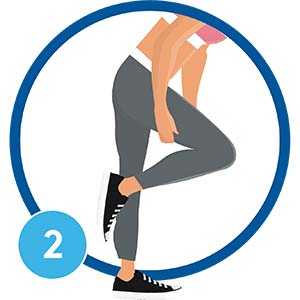 Warm up and stretch before sports. | 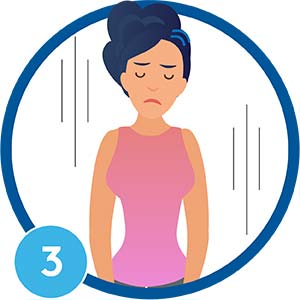 Avoid exercise when tired or in pain. |
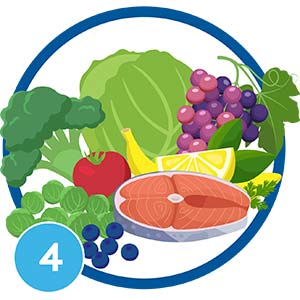 Eat a well-balanced diet to keep muscles strong. | 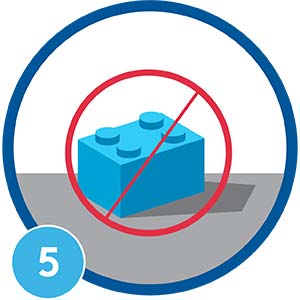 Be aware of falling hazards (dark stairways, uneven sidewalks, toys on the floor) | 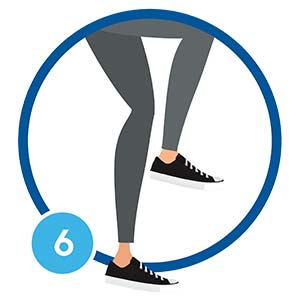 Keep shoes in good shape and fitting well / not worn out. |
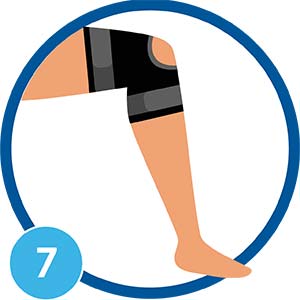 Wear protective equipment or braces during sports. |
What to Do if You Twist Your Ankle, Knee or Wrist
Signs of sprain or strain include:
- Pain, swelling, bruising, inability to use the joint
Talk with a doctor to confirm a diagnosis and the doctor may recommend compression, a boot or a splint. In the meantime:
- Rest the injury, elevating if possible.
- Apply ice in a bag or a cold pack 4-8 times a day for 20 minutes each.
- Take over the counter medicine, such as ibuprofen or aspirin.
Sources:
National Institutes of Health – National Institute of Arthritis and Musculoskeletal and Skin Diseases
American College of Foot and Ankle Surgeons


